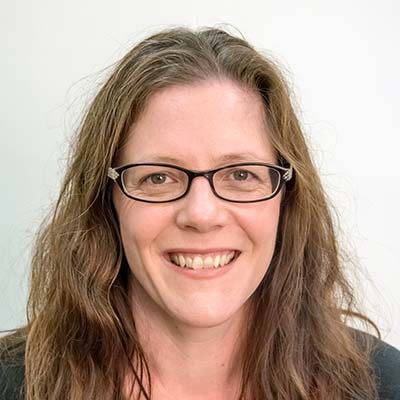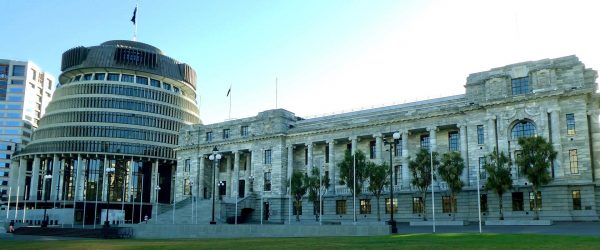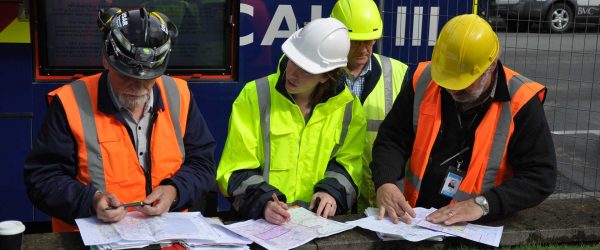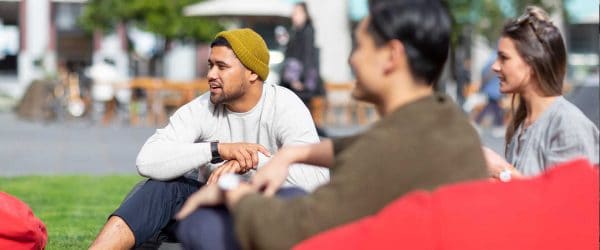Resilience, Policy & Governance
Te Manawaroa, Ngā Kaupapahere me te Mana Urungi
Vision
Aotearoa New Zealand adapts and thrives in the face of multiple natural hazard risks.
Programme description
Aotearoa New Zealand faces increasingly complex risks from natural hazard events. This complexity is not only about the hazards themselves, but also the instititutional, professional, economic and political risks associated with their management.
Preparing for, responding to, and recovering from disasters requires new tools and knowledge to learn from past experience and plan for the future, and to support the diverse communities of Aotearoa New Zealand in adapting and thriving in the face of shocks and disruption.
The Resilience, Policy & Governance programme brought together leading researchers, stakeholders partners in central and local government, universities, iwi and hapū and community groups. We aim to advance the social scientific understanding of resilience in Aotearoa New Zealand, identify solutions, and deliver outcomes for resilience.
Our research is organised around three interrelated projects, to deliver new tools to analyse the impacts of past events and help decision-makers plan for the future. Our case studies focus on complex problems such as managed retreat that defy easy or all-encompassing solutions, and vulnerable people and places where risk exposure or consequences are high and there is limited local coping capacity.
Our goal is for decision-makers to have the information to:
- reduce loss and damages
- plan for resilient futures under conditions of uncertainty
- coordinate effective communications strategies across all potential hazards
- provide targeted support to enhance livelihoods and wellbeing.
Wawata
Ka urutau, ka puāwai a Aotearoa ahakoa ngā tūraru mōrearea maha o te ao tūroa.
Whakaahuatanga papatono
Kei te piki haere ngā tūraru matatini o Aotearoa i ngā mōrearea o te ao tūroa. Ehara mō ngā mōreareatanga anake tēnei matatinitanga engari ko ngā tūraru ā-whakahaere, -ā-ngaio, -ā-ōhanga, ā-torangapū hoki e pā ana ki te whakahaere mōrearea.
Mā te whai i ngā taputapu me ngā mātauranga hou ki te whakarite, ki te urupare me te whakaora mai i ngā aituā e whai mōhiotanga i ngā wheako o mua me te whakamahere mō te anamata, me te tautoko i ngā hapori kanorau o Aotearoa ki te urutau me te puāwai ahakoa ngā ohoreretanga me ngā pōrarurarutanga.
Ka whakakotahitia te kaupapa Te Manawaroa, Ngā Kaupapahere me te Mana Urungi i ngā kairangahau matua, te hunga whaipānga, ngā hoa mahi o te kāwanatanga ā-motu, ā-rohe hoki, ngā whare wānanga, ngā iwi, hapū, me ngā rōpū hapori. Kei te whai mātou ki te kōkiri i ngā māramatanga tikanga ā-iwi o te manawaroa i roto i a Aotearoa, te tautohu i ngā rongoā, me te whakahaere i ngā putanga mō te manawaroa.
E whakahaerehia ana ā mātou rangahau i runga i ngā kaupapa hono e toru, ā, ka whakaputa i ētahi rauemi hou hei tātari i ngā pāpātanga o ngā takunetanga o mua me te āwhina i ngā kaiwhakatau ki te whakamahere mō te anamata.
Kei te aro ā mātou rangahau take ki ngā raruraru matatini pērā i te whakahaere whakatahi, e whakatōrea ana i ngā rongoā māmā, whānui rānei, ā, ki ngā tāngata whakaraerae me ngā wāhi nui te pānga ki te tūraru, nui ngā pāpātanga rānei, ka mutu he iti noa te āheinga ā-rohe ki te whakahaere tūraru.
Ko tō mātou whāinga kia whai mōhiohio ngā kaiwhakatau ki te:
- whakaheke i te ngaronga me te tūkinotanga
- whakamahere mō ngā anamata manawaroa ahakoa ngā pōnānātanga
- whakarite rautaki whakawhiti kōrero pai mō ngā mōrearea katoa.
- tuku tautoko aro pū ki te whakapiki i te oranga.
Questions we’re answering
Research Team
Resilience, Policy & Governance
Latest Resource Outputs
Differences in perceived sources of uncertainty in natural hazards science advice: lessons for cross-disciplinary communication
E.E.H. Doyle, J. Thompson, S.R. Hill, M. Williams, D. Paton, S.E. Harrison, A. Bostrom, J.S. Becker 2024 Differences in perceived sources of uncertainty in natural…
Using mental models as a tool to understand perspectives of scientific uncertainty and effectively communicate natural hazards science advice
This study involved conducted 'mental model' interviews with officials, scientists and members of the public to understand perspectives of uncertainty associated with natural hazards science.
Book review: ¡Alerta!: Engineering on Shaky Ground
L.J. Vinnell 2024 Book review: ¡Alerta!: Engineering on Shaky Ground Earthquake Spectra, 40(2), 1604-1606 DOI: 10.1177/87552930241234296
Aotearoa New Zealand needs a unified food strategy
The state of our current food system and why we need a unified food strategy.
Food systems security and disaster recovery
An outline of food security issues that may arise following a disaster
Social media use by multiple stakeholders and rightsholders during the Fort McMurray wildfires
This chapter highlights social media use during the 2016 Fort McMurray Wildfire, in the province of Alberta, Canada. The case study offers examples of how officials, affected populations, and volunteers used social media during their response to the wildfire and discusses the benefits of these practices for the response effort.




